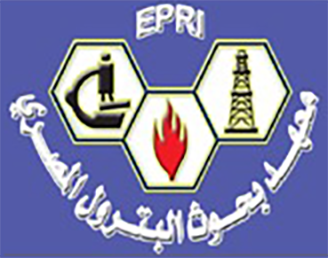Article Type
Review Article
Highlights
Presents comprehensive review on AI applications in log analysis including classification, prediction, and clustering applications.
Identifies research gaps and future trends in AI application in log analysis.
Abstract
Artificial Intelligence (AI) has transformed well log interpretation in petrophysics, enabling automated, efficient, and accurate analysis of subsurface data for reservoir characterization. This review explores AI applications, focusing on machine learning (ML) techniques such as prediction, classification, and clustering. Prediction models, including Artificial Neural Networks (ANNs) and Support Vector Regression (SVR), estimate continuous petrophysical properties like porosity and permeability. Classification algorithms, such as Support Vector Machines (SVMs) and Convolutional Neural Networks (CNNs), categorize log data into lithology or facies types, while unsupervised clustering methods like K-Means identify natural data patterns for facies grouping. AI-driven tasks; including synthetic log generation, quality control, direct parameter estimation, lithology classification, facies identification, fluid type delineation, and automated log correlation; enhance speed, scalability, and consistency compared to traditional methods. Despite challenges like data quality, model interpretability, and overfitting; AI’s ability to process complex, multi-dimensional datasets offers significant advantages, particularly in heterogeneous reservoirs. Ongoing research emphasizes hybrid models integrating AI with conventional approaches to improve reliability, positioning AI as a cornerstone of modern petrophysical workflows.
Keywords
AI applications; Machine Learning; Log interpretation; Petrophysics; Formation Evaluation
Recommended Citation
El-Banbi, Ahmed H.; El-Maraghi, Ahmed; and Sayyouh, Mohamed Helmy
(2025)
"Artificial Intelligence Applications in Log Interpretation - A Review,"
Egyptian Journal of Petroleum: Vol. 34
:
Iss.
4
, Article 7.
Available at: https://doi.org/10.62593/2090-2468.1090
Creative Commons License

This work is licensed under a Creative Commons Attribution-NonCommercial-No Derivative Works 4.0 International License.






